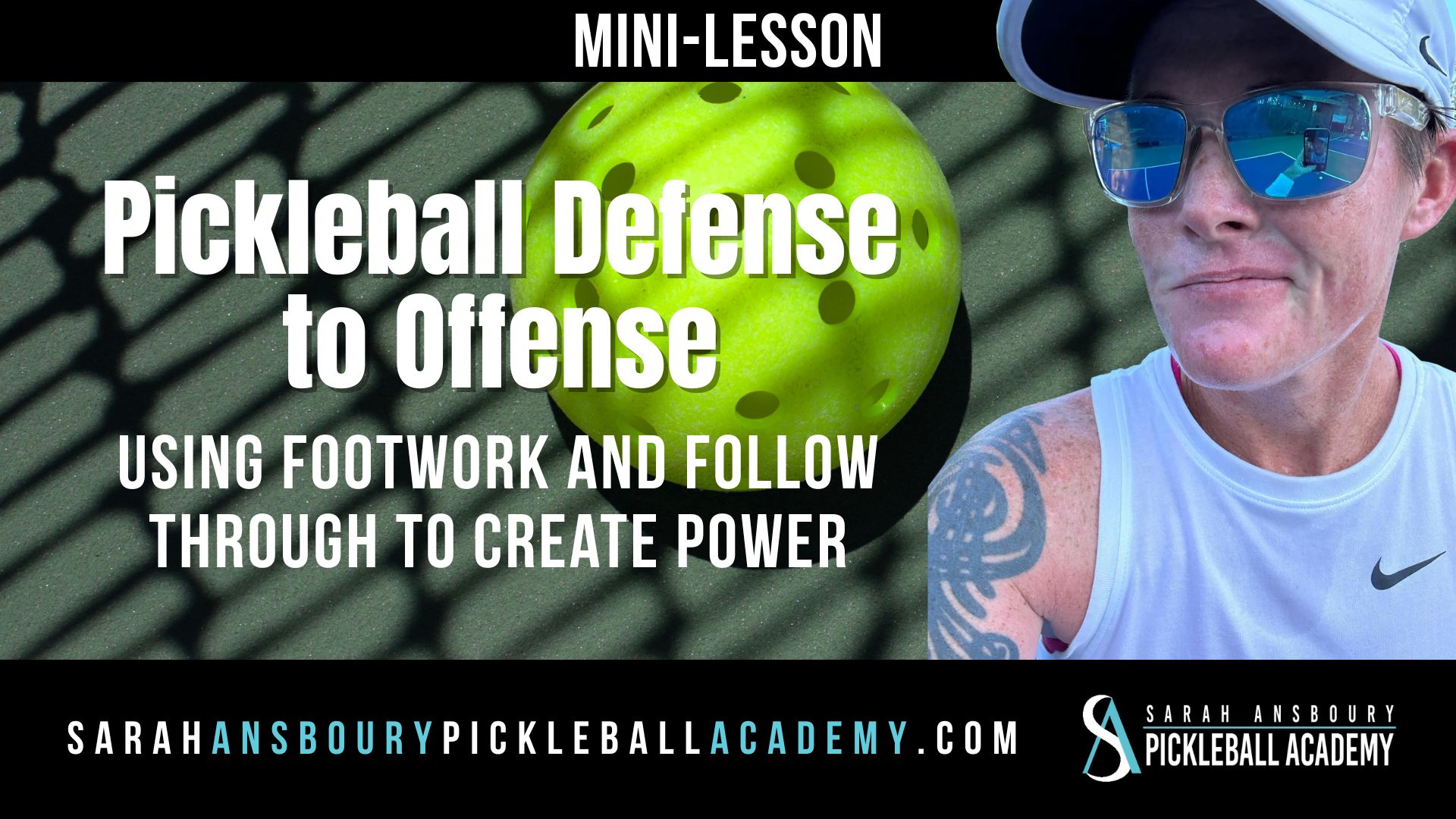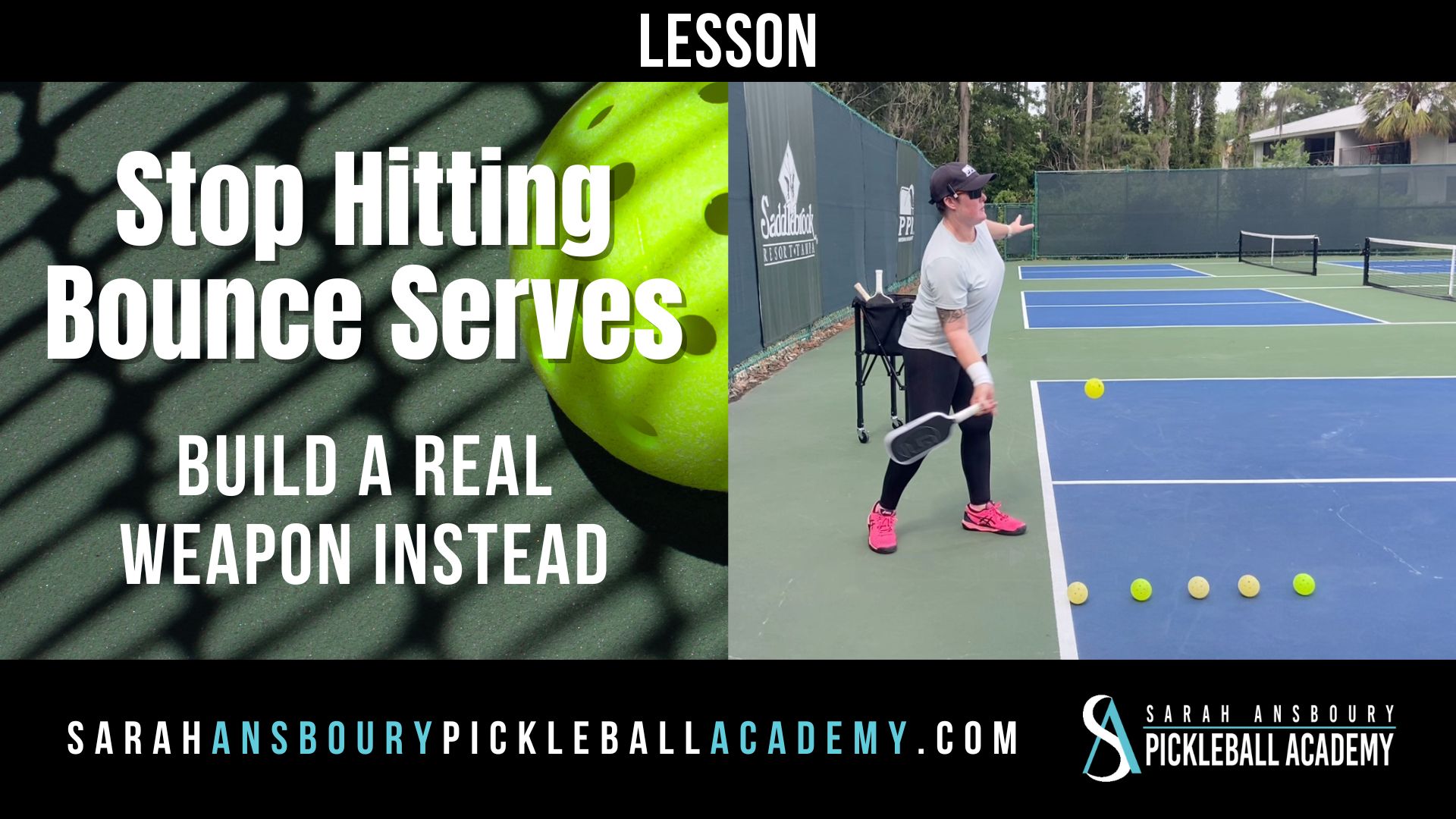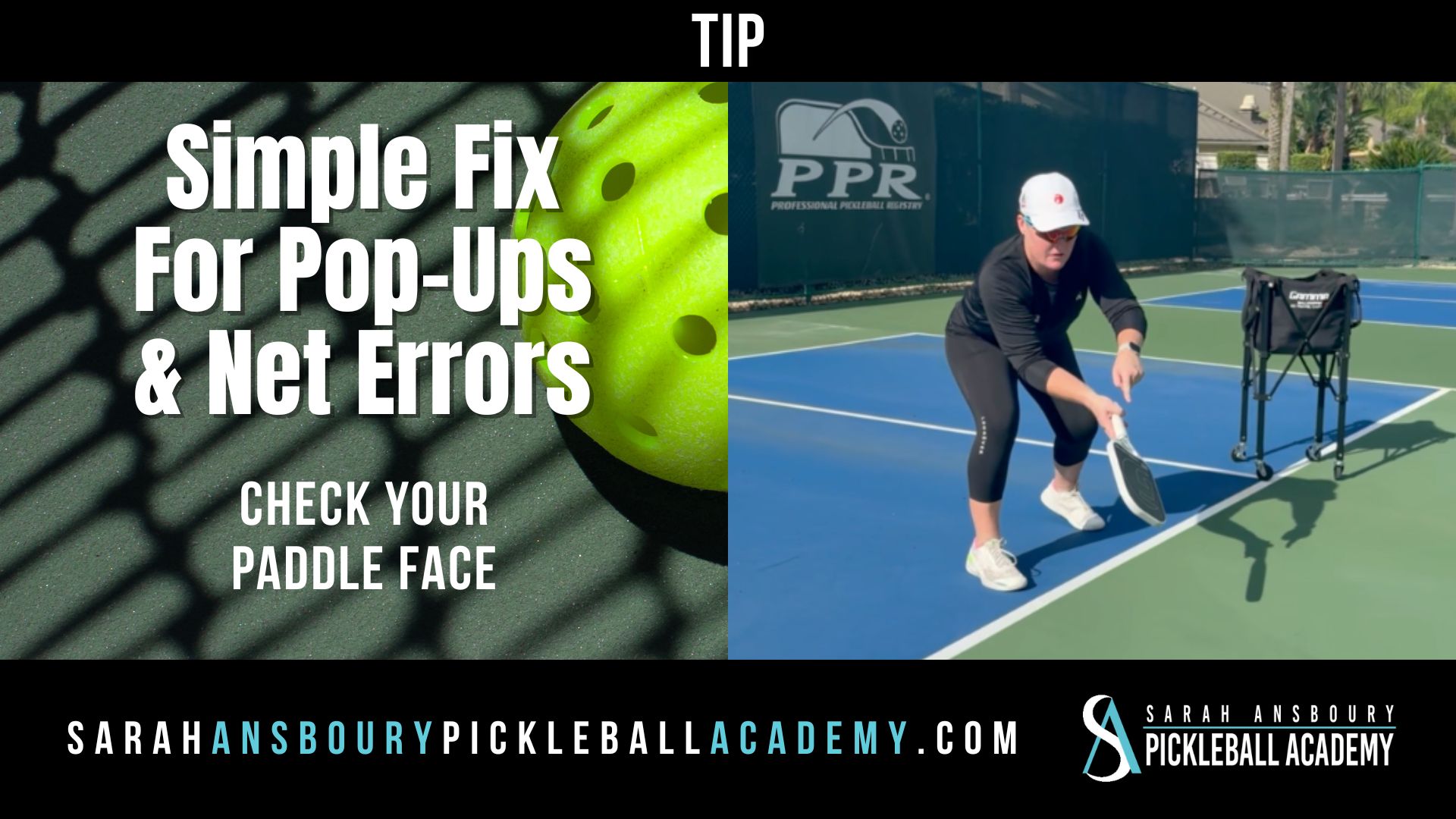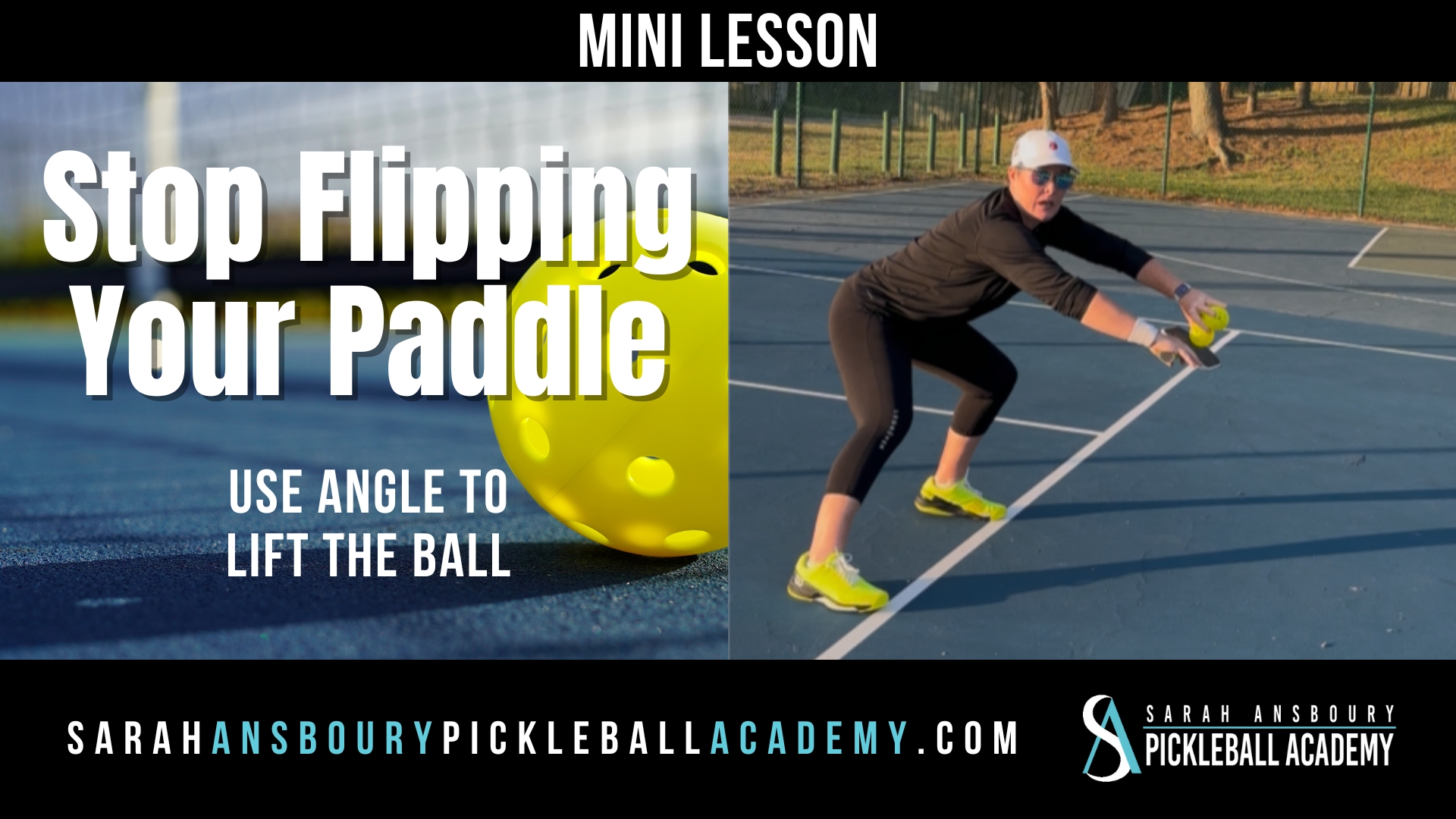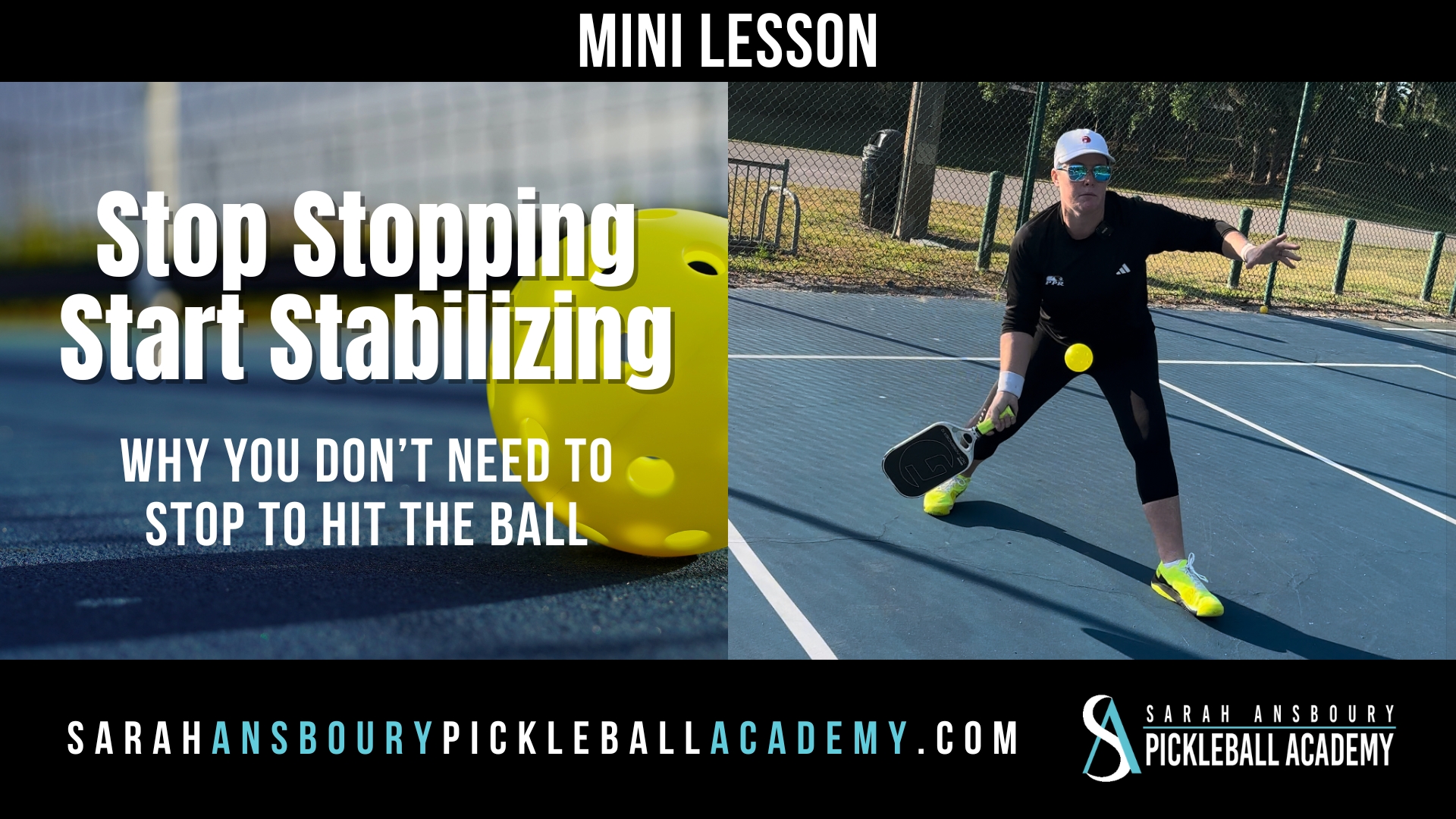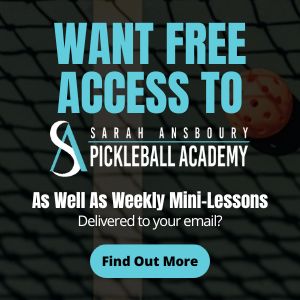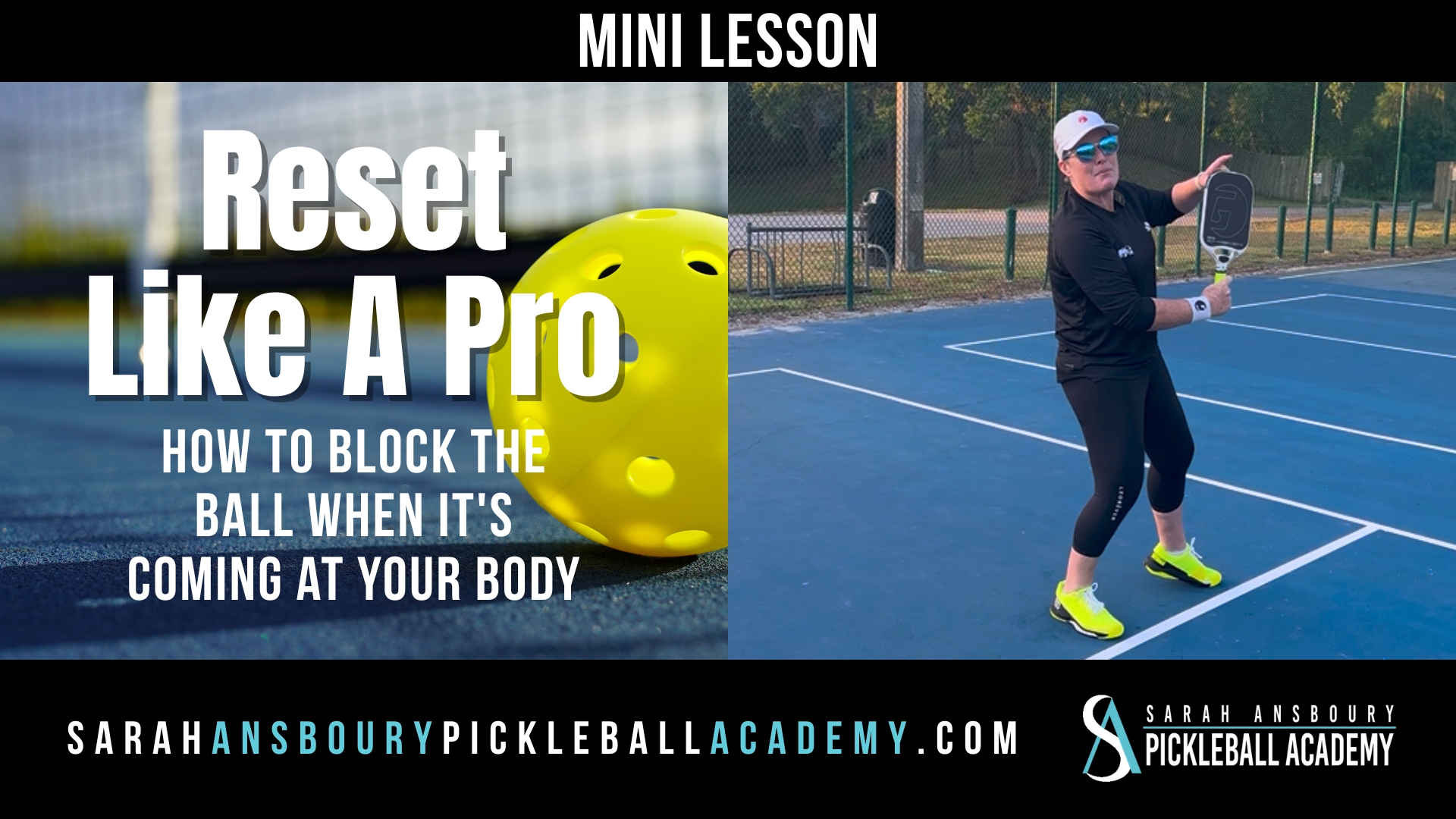I realize in many communities court availability is limited. So many people would rather spend their timing playing rather than practicing. Frankly, we need to do both if we want to improve. So today, let’s talk about how we can do both.

Pickleball skill development
Though playing is fun, it takes a plan and mindful practicing to improve in pickleball. As I write about in 5 Steps to Better Pickleball the first step is to determine your strengths and weaknesses. Many players find it difficult to accurately identify those skills that need to be improved… so the ebook includes skill challenges that will provide quantitative results for each pickleball skill.
Also, many people who do practice don’t spend their time working on the right areas of their game. They enjoy and are good at dinking and spend the majority of their practice session dinking. Instead, they should be spending the majority of their practice time trying to improve those parts of the games at which they are least successful.
combine practicing with gameplay
hitting out balls
 Practicing this way also helps you identify out balls. In observing beginner and intermediate level play, I often see players lose a point that could have been won if they just failed to hit a ball that was sailing out. One of the exercises I do when coaching two students is to play 2 on 1. The rule is that the 2 students on the other side of the net must hit the ball to the side of the court that I am on (i.e. the even or the odd side). What I find is they excitedly smash a ball to the wrong court…losing the point. Again, it comes back to court awareness. Where am I? Where is my partner? What is my target? Can I control the ball to hit my target?
Practicing this way also helps you identify out balls. In observing beginner and intermediate level play, I often see players lose a point that could have been won if they just failed to hit a ball that was sailing out. One of the exercises I do when coaching two students is to play 2 on 1. The rule is that the 2 students on the other side of the net must hit the ball to the side of the court that I am on (i.e. the even or the odd side). What I find is they excitedly smash a ball to the wrong court…losing the point. Again, it comes back to court awareness. Where am I? Where is my partner? What is my target? Can I control the ball to hit my target?
Pickleball is challenging because it offers us so many choices:
- Where should I hit the ball?
- How hard?
- Is this an attackable ball?
- etc, etc.
By limiting the size of the court, we are forced to focus and thus will develop our court awareness skills. So if traditional practicing and drilling is not your thing, consider combing practice and play through gameplay. It will improve your game while having fun.

